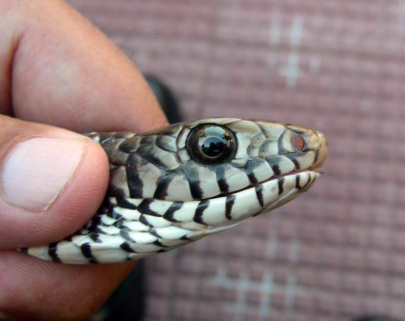Facts About Oriental ratsnake
The Ptyas mucosa, commonly known as the Oriental ratsnake or Indian rat snake, is a familiar sight in South and Southeast Asia. These snakes can grow impressively long, typically measuring between 1.5 to 1.95 meters, with some even exceeding the 2-meter mark. They are slender, diurnal, semi-arboreal, non-venomous, and notably fast.
Their diet is quite varied, often including rodents, which makes them common in urban areas where such prey is abundant. You can find them in countries such as Afghanistan, Bangladesh, India, Sri Lanka, Indonesia, Iran, Laos, Malaysia, Nepal, Myanmar, Pakistan, Thailand, Turkmenistan, and Vietnam.
Although they lack many natural predators, king cobras are a notable exception. Unfortunately, humans also pose a significant threat by hunting them for their skins and meat, despite legal protections.
If you are curious about their appearance, Boulenger's "Fauna of British India: Reptilia and Batrachia" from 1890 provides a good description. Rat snakes are known for being quite excitable and territorial. They have a unique method of capturing their prey—they pin it down with their bodies. They usually mate in late spring or early summer, with females laying between 6 to 15 eggs at a time.
When threatened, these snakes can puff up their necks and emit a growling sound, possibly to mimic venomous snakes like the king cobra. This clever tactic, however, can sometimes backfire as people might mistake them for dangerous snakes and kill them.
The scientific name, Ptyas mucosa, employs the feminine form due to the genus name, although older texts might use the masculine form.

 India
India